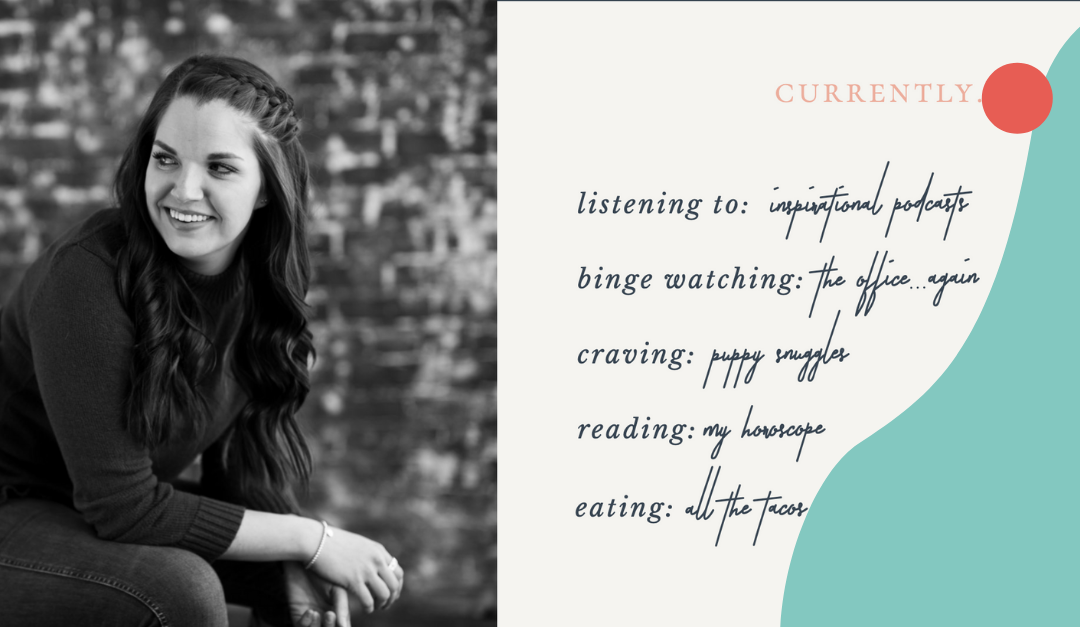
When and How to Raise Your Freelance Rates
Any seasoned freelancer will tell you to raise your rates regularly. As your expertise grows and your offerings evolve, so should your rate. But when do you do it? And how? Below, we’ll walk through the major moments when you should raise your freelance rates, then share some pro tips on how to do it confidently.
When to Raise Your Rates
#1: When You Add New Skills or Offerings (time to repackage!)
Maybe you took a few development classes and you can now not only design beautiful websites, but you can also build them. Or maybe you’ve added content strategy services to your offerings, in addition to writing monthly blog posts for your clients. Whenever you uplevel your current skill set or add new offerings to your business model, it’s time to upsell your current clients and raise your rates for new clients.
This is also the perfect time to repackage your services. Whenever you repackage your services into new offerings, you should consider adjusting your pricing model too. One of the main goals of repackaging your services is to be able to add and sell additional value. Maybe that means up-leveling from hourly rates to project-based, or charging partial payment up-front. The key is to lean into the value of the new package.
#2: When Your Life Gets More Expensive
If you’ve kept your rates unchanged for years but your cost of living has increased, it’s time to raise your rates accordingly. Inflation is a totally valid reason to charge more. Just this past year alone, the inflation rate shot up to 7%, the highest it’s risen in a year since 1982. That adds up for businesses and individuals. As you pay more to live, you should earn more too.
#3: When You Gain More Experience
It may seem obvious, but many freelancers don’t consider the basic passage of time as reason enough to raise their rates. But the longer you work, the more experience you gain. It’s a no-brainer that your rates should increase gradually along with your tenure. One of the most effective ways to raise your rates is to schedule it at regular intervals—and then stick to that schedule. You can let your clients know in advance that you raise your rates every year or so, and write it into your contract so they agree to it up-front.
#4: When You Don’t Get Pushback from Clients
If no one ever questions your rates, it’s too low. I know this one is a little controversial, but remember, companies are saving a ton of money by using a freelancer—they don’t have the overhead of computers, healthcare, taxes, etc. So if all of your new clients blindly accept your rates, you might be undercharging based on the market and the value you provide. Genuinely consider this the next time you’re drafting a proposal or planning for an increase. A little pushback is actually a good sign that you’re charging (closer to) what you deserve.
How to Raise Your Freelance Rates
Many freelancers waffle on raising their rates out of fear of losing their clients or turning away good opportunities. But a little preparation goes a long way. Here are three simple tips for raising your rates without a hitch.
#1: Communicate it to your clients clearly.
Spell out the reasons why your rate is increasing in a way that emphasizes the value you provide to your clients. This is the moment to plug your services, your growing experience, and your relationship with the client. If you need some inspiration, freelance writer Kaitlyn Arford created some amazing email templates for negotiating higher rates. Choose the one that makes sense for your situation and modify it accordingly.
#2: Give your clients plenty of notice.
You’re more likely to get a positive reply from your clients if you let them know that your rates will be increasing well in advance. Two months heads’ up is ideal. This gives them time to rethink their budget if needed and make any necessary changes in order to accommodate.
#3: Add rate increases to your contracts.
For future clients, consider baking a regular rate increase into your contract. You can effectively bypass any client conflict this way, because your clients agree to it upfront. Just be sure to name the intervals your rate will increase at (i.e. quarterly, bi-yearly, annually, etc.) and the amount your rates will increase by (i.e. percentage or flat rate).
Go get paid more, confidently.
As former freelancers ourselves, we know the anxiety of a rate increase all too well. But it’s like a rite of passage for entrepreneurship. It can take time and practice to get comfortable asking for more. So make a practice of it. Keep your email templates on hand. Create reminders for yourself. Pretend you’re paying someone else. Do whatever you need to do to stick to it. We believe in you.






Recent Comments